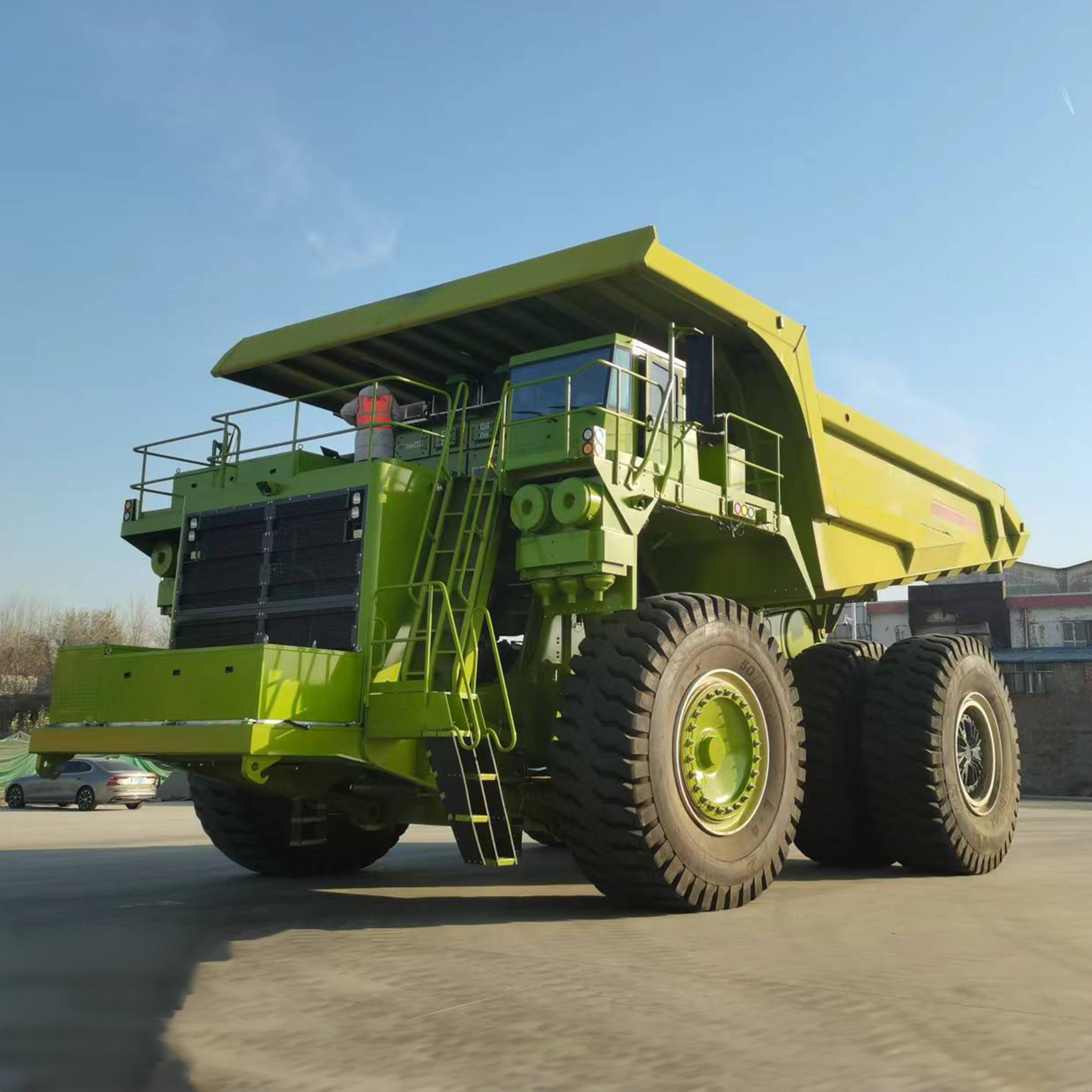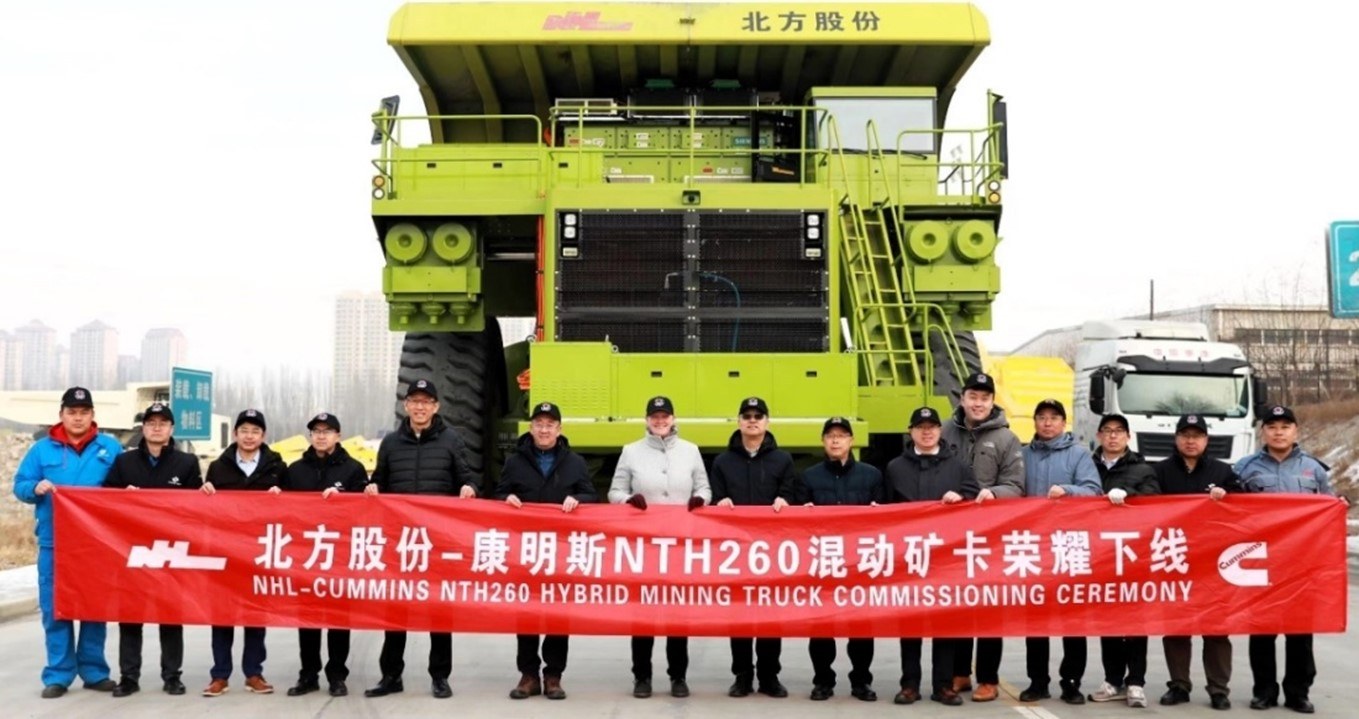
NTH260: Hybrid Retrofits and the step to net zero 2050
The road to trolley/battery electric haul fleets is a challenging one requiring detailed planning, operational change and technological advancement (and a lot of investment).
However, as 2030 targets approach- steps need to be taken across the industry to prepare for the intense implementation of carbon reduction technology across the mine site. In mining, where productivity is both optimised and requires stability- the selection of decarbonisation strategy is of paramount importance, made no easier due to the following constraints:
1. The supply issue of electric haul trucks
To completely electrify the entirety of Australia's haul truck fleet by 2050, miners would need to begin purchasing 50 electric haul trucks every month starting today.
2. Current fleets still have long asset lives
More than 50% of trucks have 10+ years of life left - presenting a large waste of capital if these fleets must be dumped for more carbon effective vehicles.
3. Full electrification requires large operational shifts
Mines are designed to cost effectively ensure constant operation - with truck routes, down time and the labour force deployed to optimise for production. To ensure production continues in a battery electric world, operations will need to be designed and adapted.
4. Trolley systems and charging infrastructure is expensive
Particularly given that charging infrastructure is most efficient when it is embedded within mine planning at the start of mines, miners need to assess the budget for these electric solutions.
5. Hydrogen while technically feasible, is exposed to costs
Currently, the prices of hydrogen are currently exorbitantly higher than diesel per kWh.
This leaves a requirement for modifying the diesel use of today's fleet in a way that does not impact current operations. Hybridisation has emerged as a practical, cost effective step to achieving up to 30% reduction in diesel fuel usage before 2030.
alta's Hybrid Solution
It is important to note that to maximise the cost and fuel efficiency of these modifications, different designs will be best for different use cases. While alta's solution is modular, there are several options that can be implemented on a hybrid truck, each with differing levels of cost, decarbonisation outcomes and degree of modification:
1. Regenerative Braking Kit
Adding alta's HSG8000 + LTO batteries, trucks can achieve ~10% fuel savings. See alta's Komatsu 930E modification
2. Engine Replacement
alta have a hybrid design involving the replacement of the engine of a 260T NTE260, moving from a 60L to a 50L engine.
3. IVEC System
The subsystems in the truck, including the engine management system, BMS, auxilliary power, can be integrated into Alta's IVEC control system, reducing harmonics and weight
Decarbonisation outcomes
There are three main forms of fuel savings that are unlocked through these hybrid designs:
1. Regenerative braking
The HSG8000 can capture energy that is being dissipated during braking, converting this energy into power for the charging of the batteries.
2. Engine modulation
The additional power from the battery system enables a smaller engine to be used in trucks. This allows for smaller, less fuel intensive engines to power the truck, saving emissions. In queue, the truck could also turn the engine off, removing inefficient periods of stationary movement.
3. Engine efficiency
By selecting when the power should be discharged from the battery, the energy system can ensure that the engine runs at an optimal level. This will allow the range of the engine to be modulated, reducing excess fuel consumption.

Project Spotlight: The NTH260
alta were selected as the key electrical part manufacturer for the NTH260: a hybrid retrofit commissioned by NHL (the largest OEM in China). The retrofit involved modifying the 260T NTE260, replacing the engine from a 60L to 50L to increase energy efficiency. The truck is being deployed in an Iron Mine in China, undergoing operational trials.
Share This Article:
Take the step toward
next-gen battery tech.
Learn more
next-gen battery tech.
